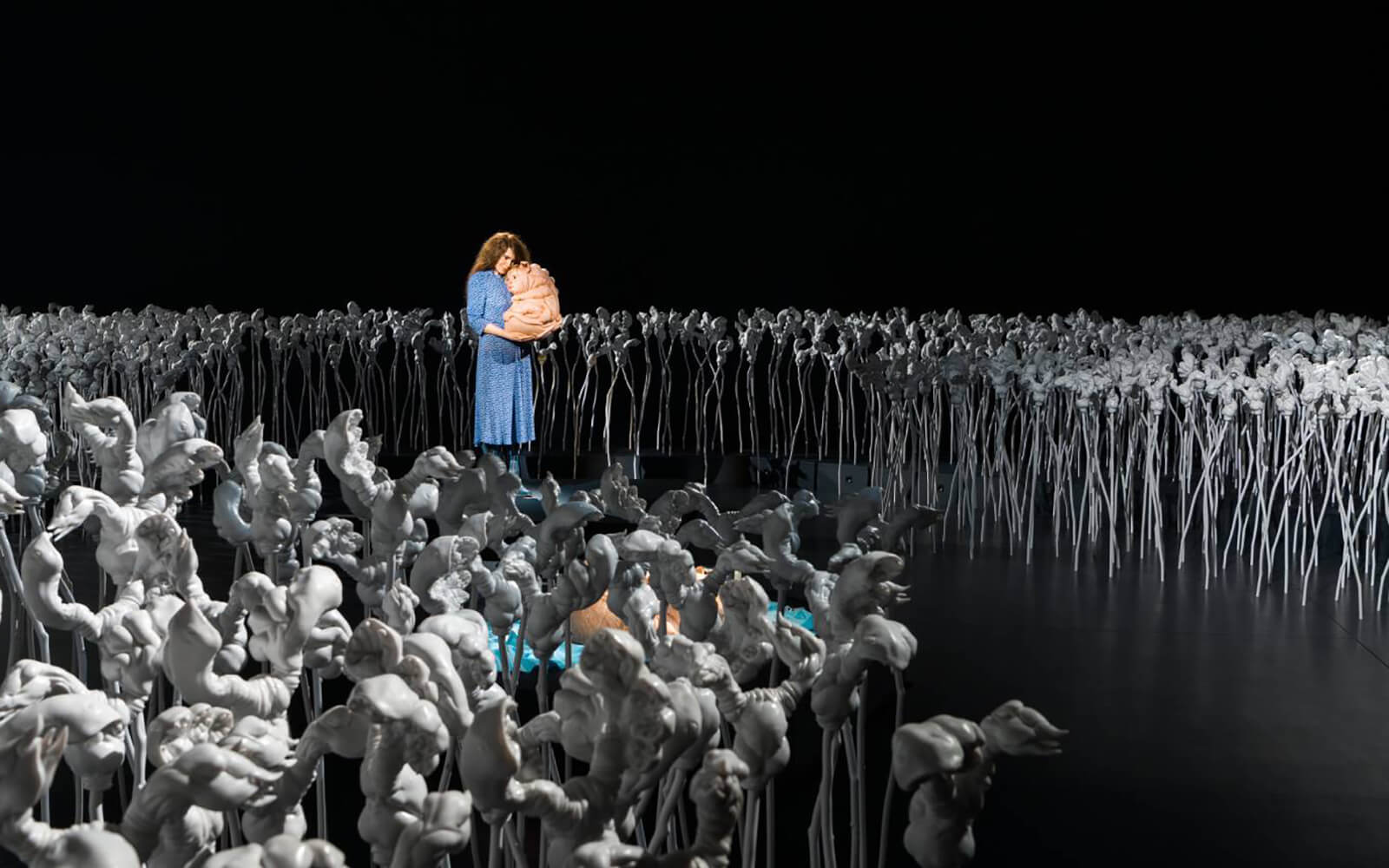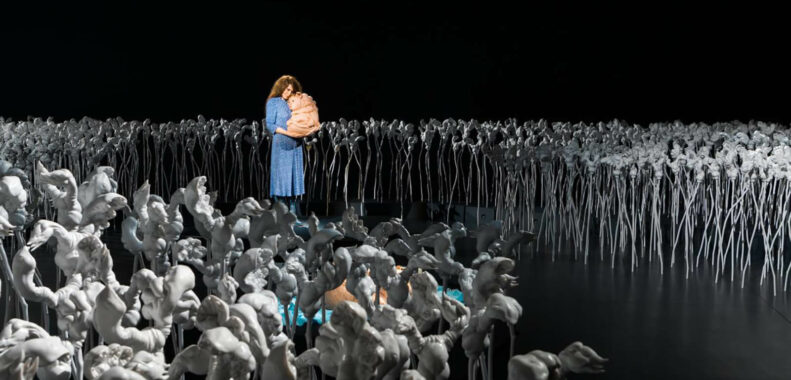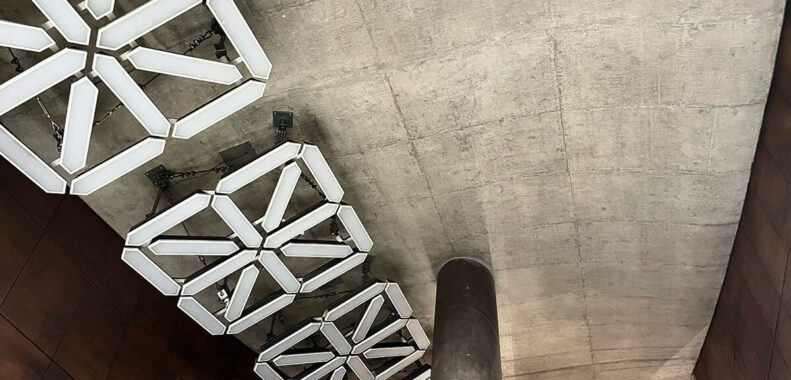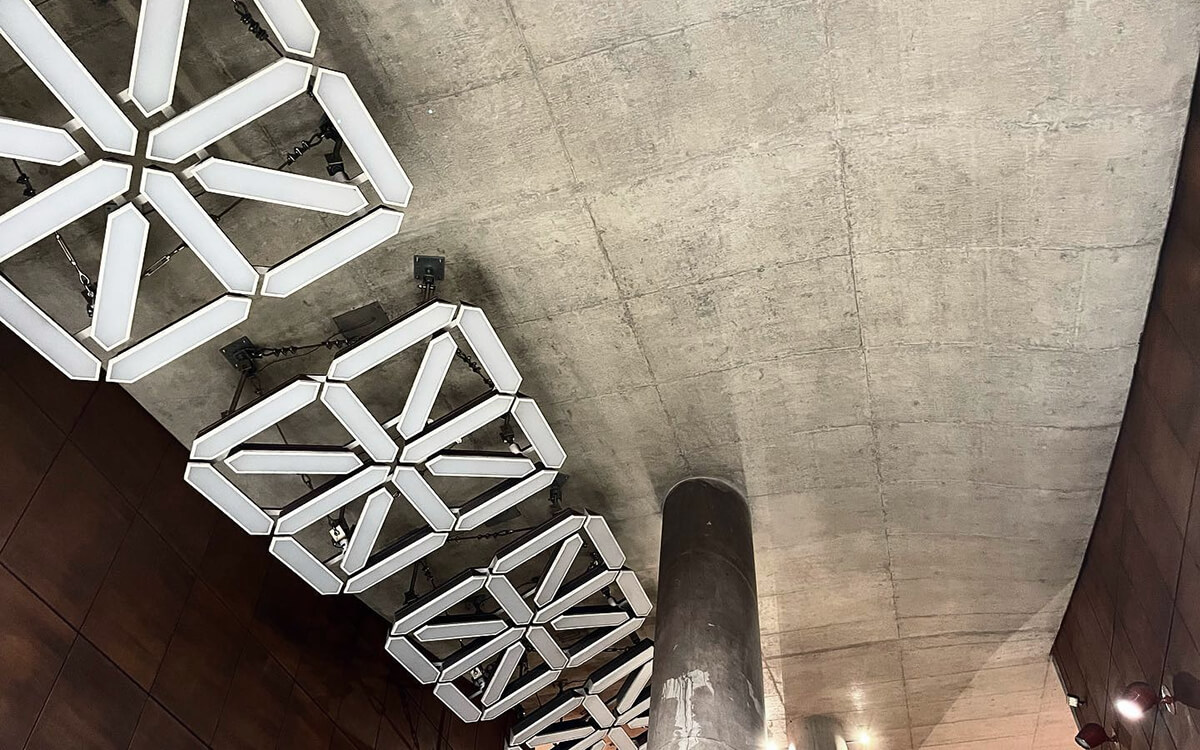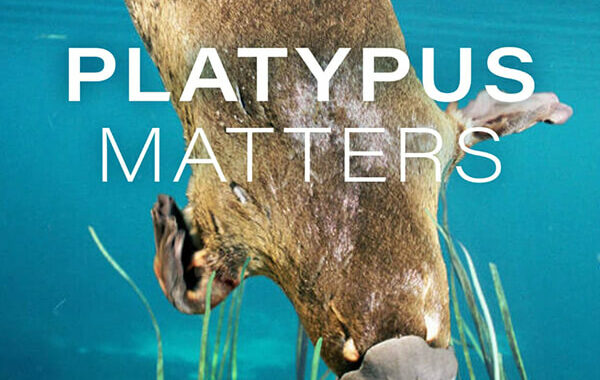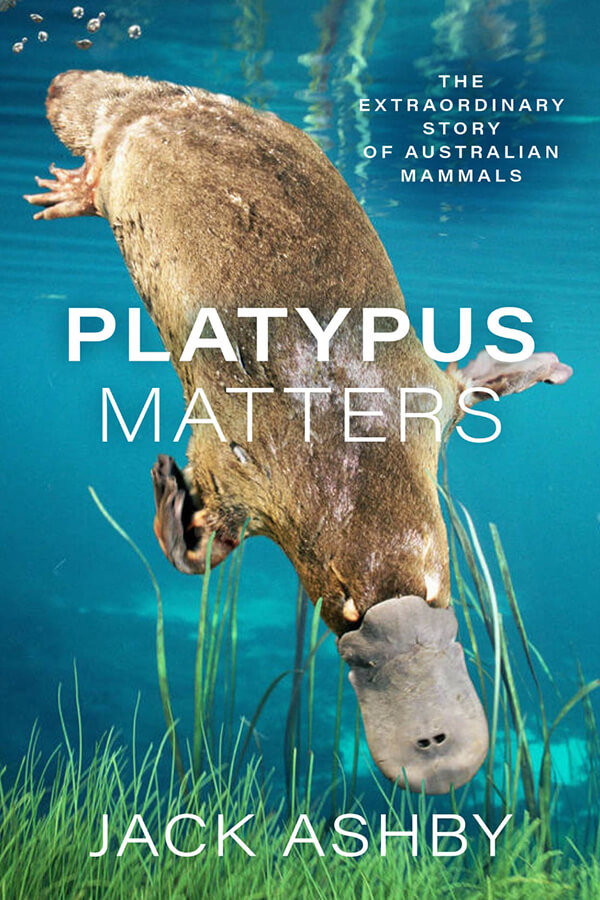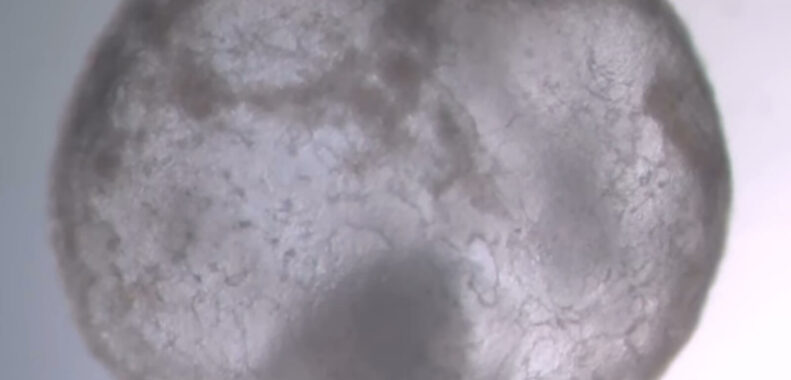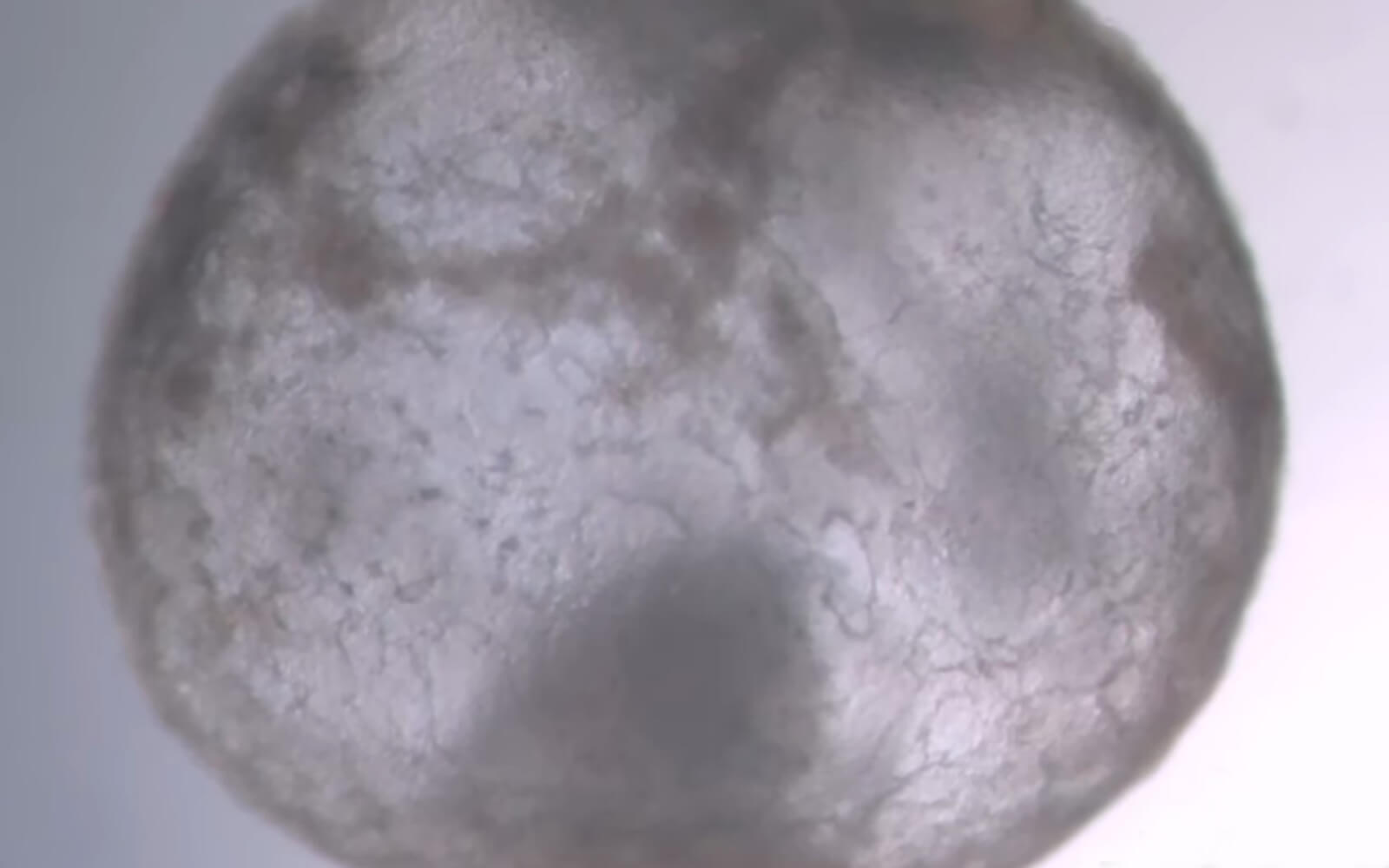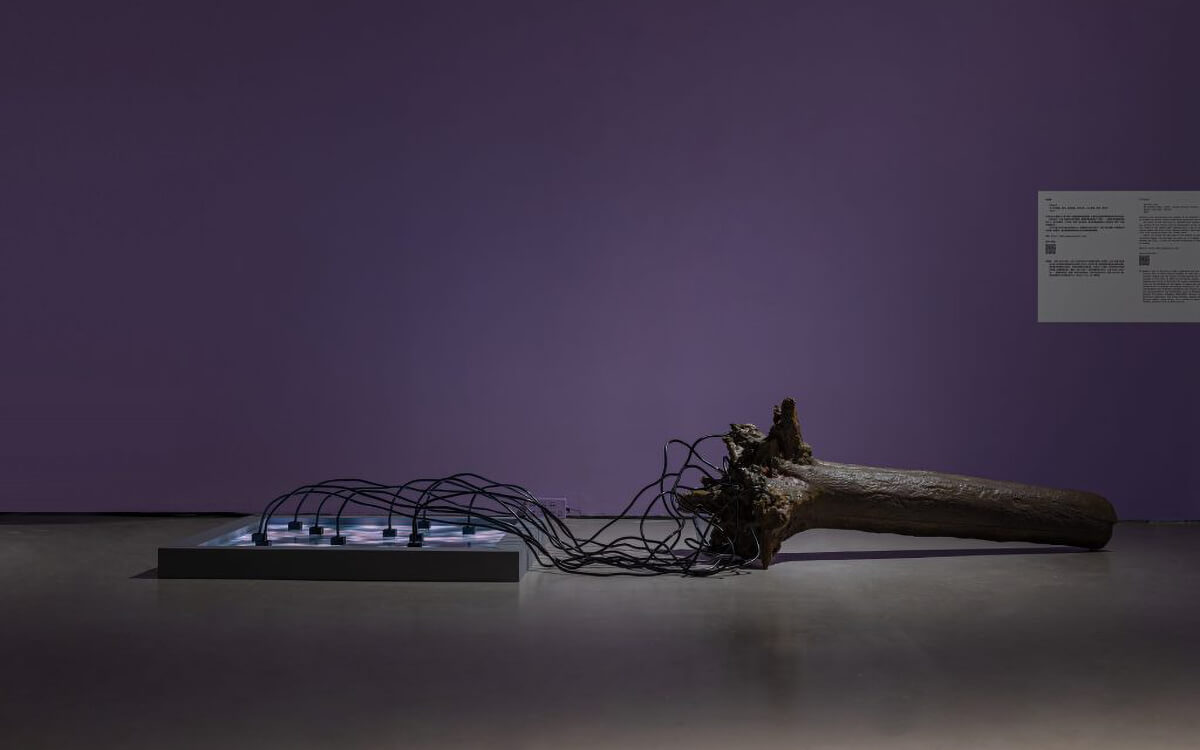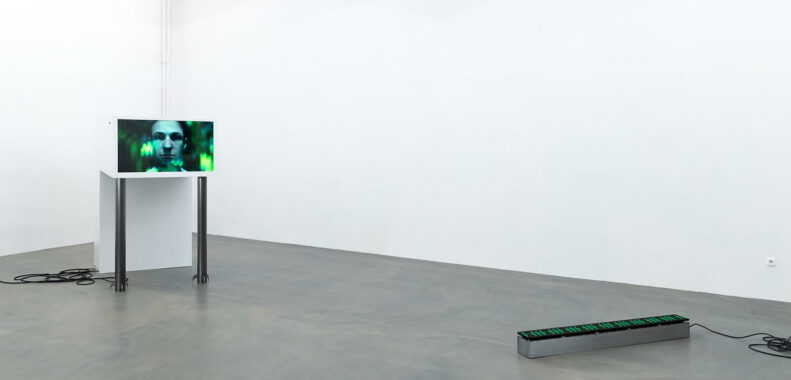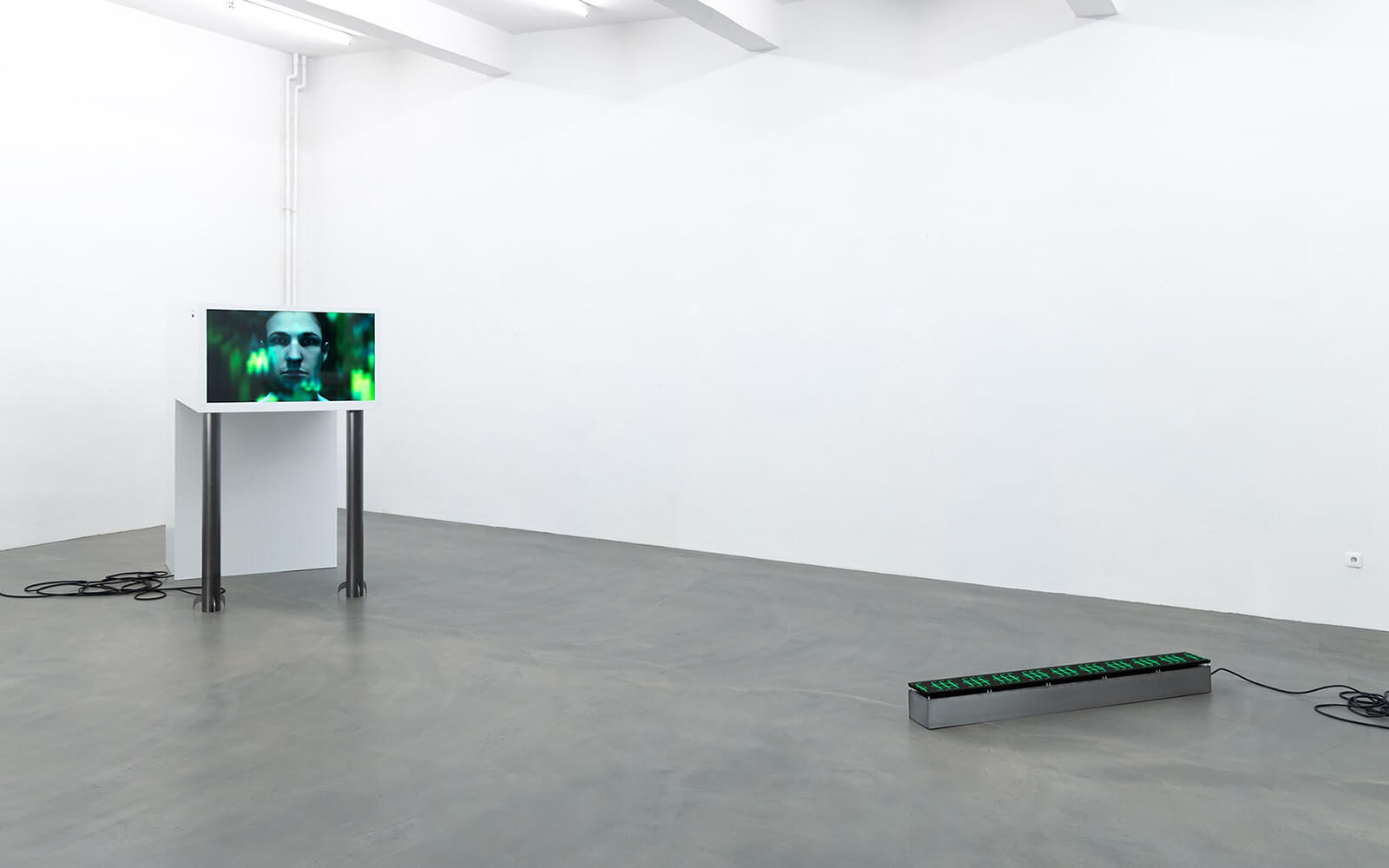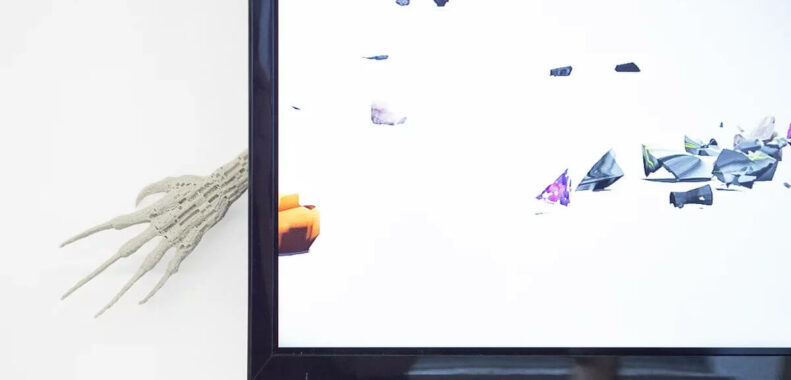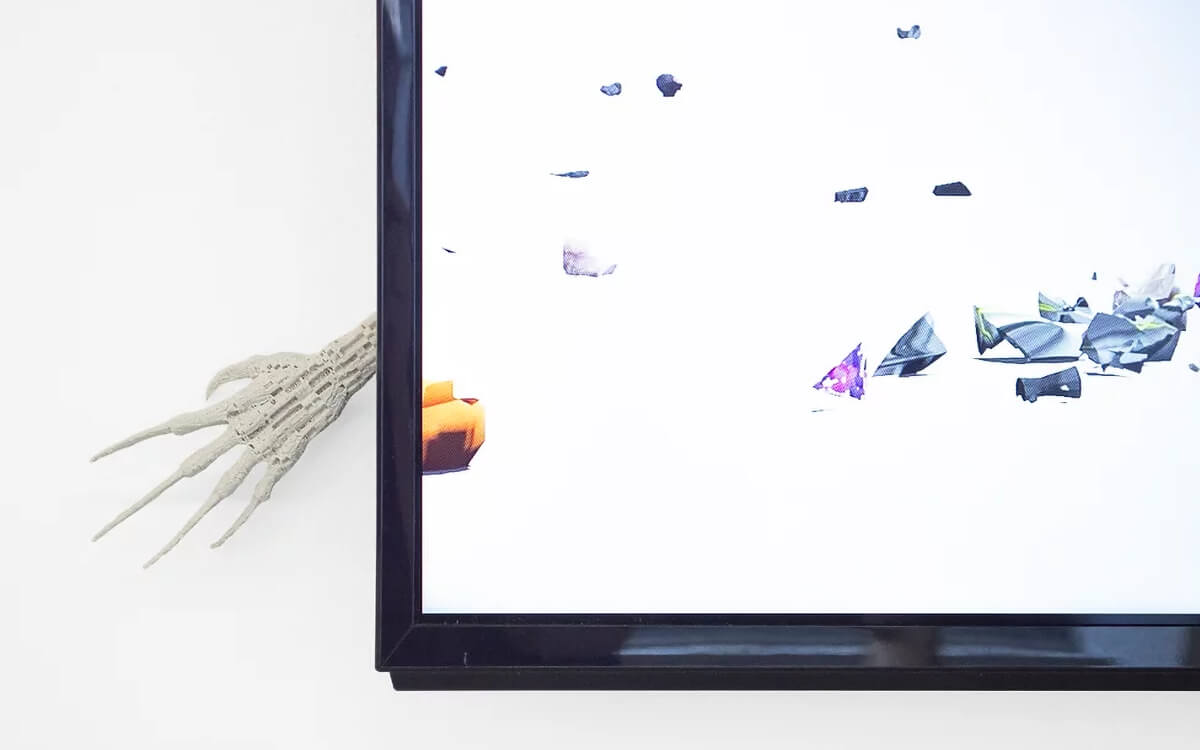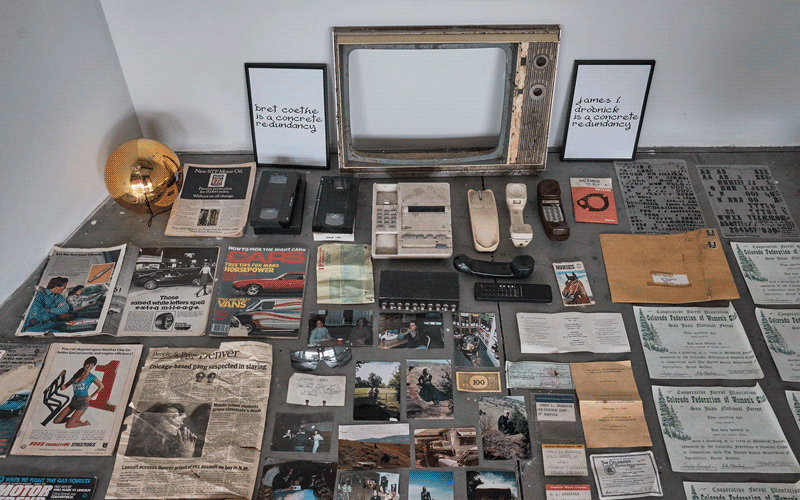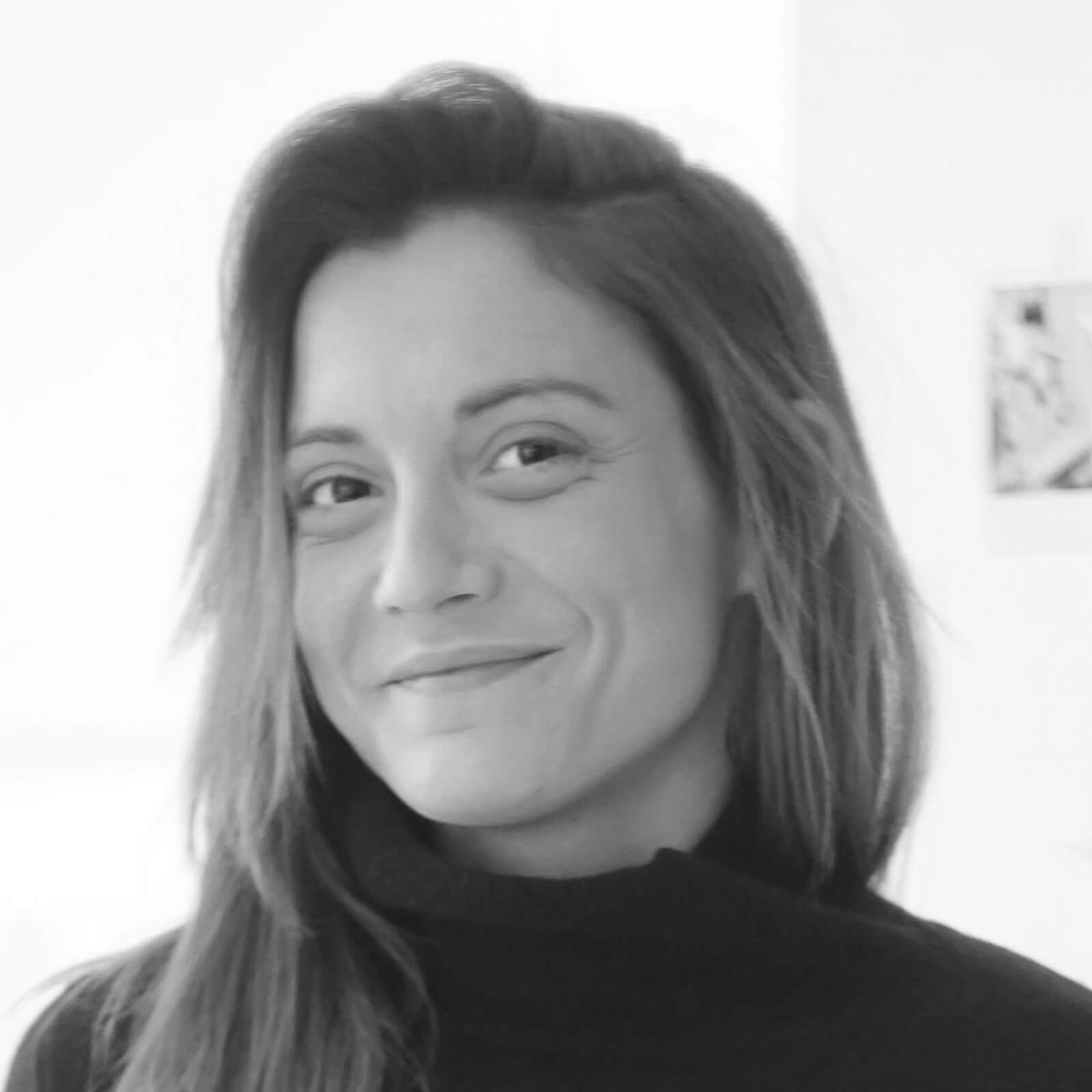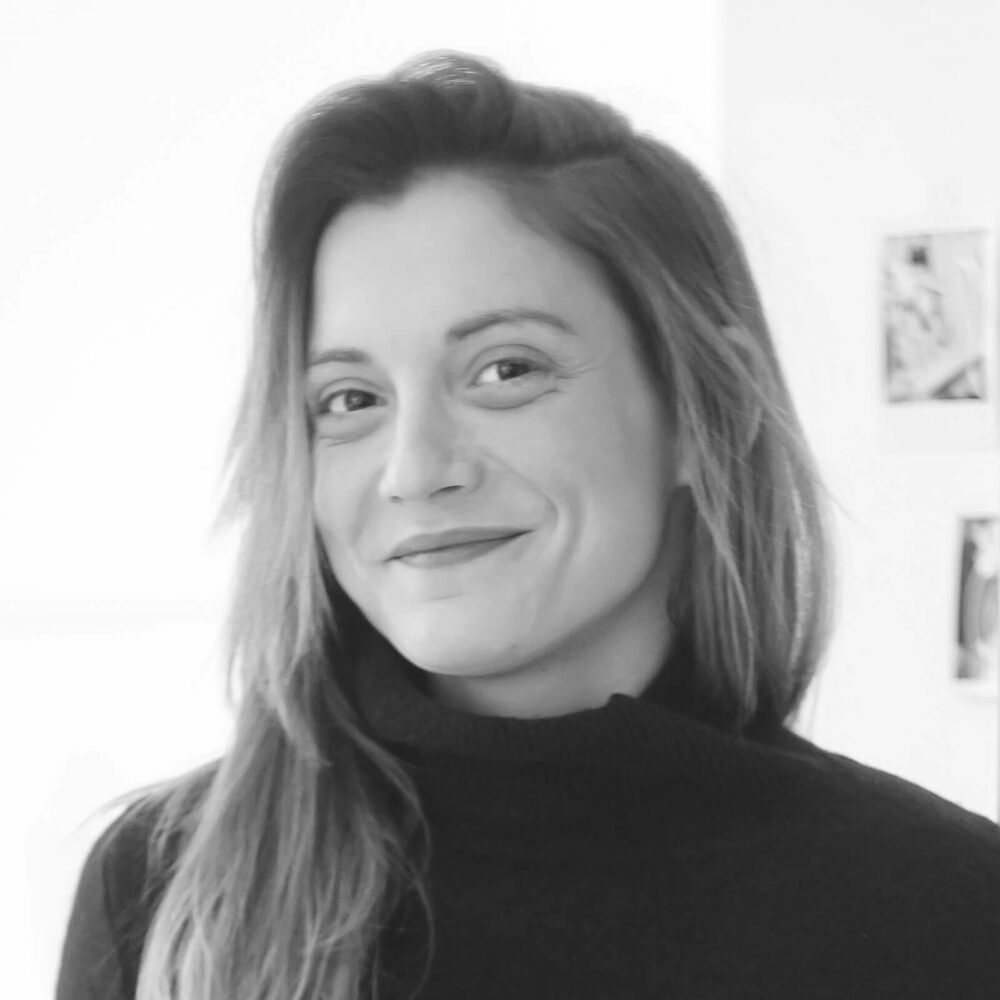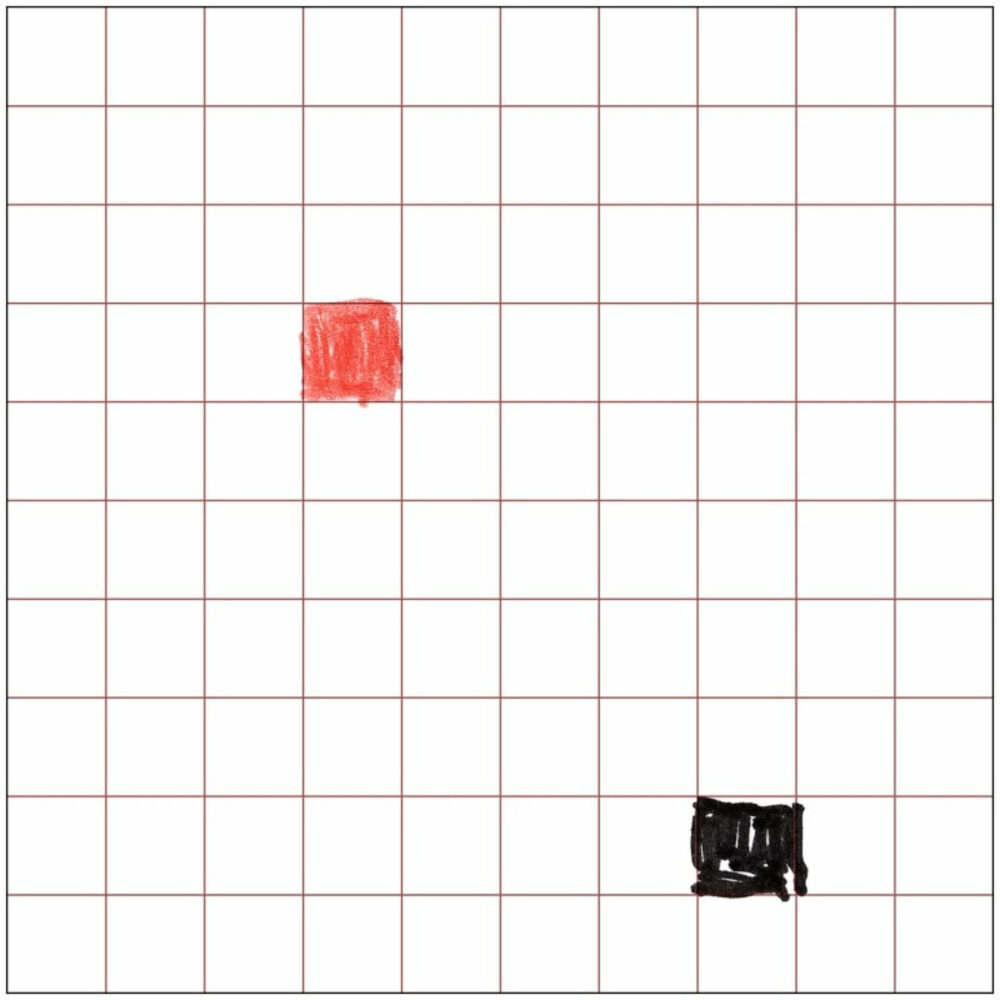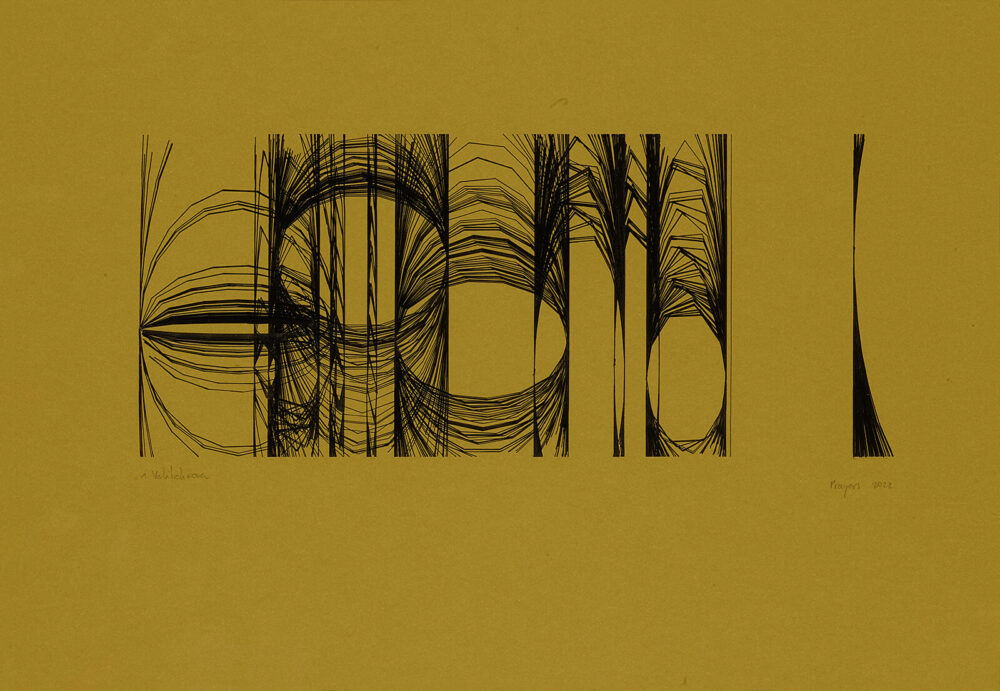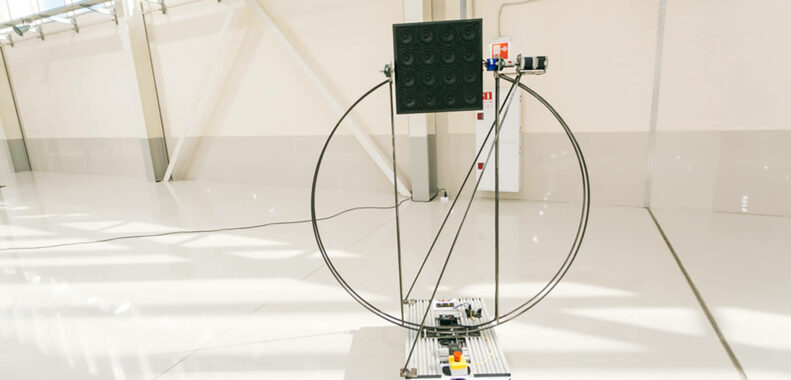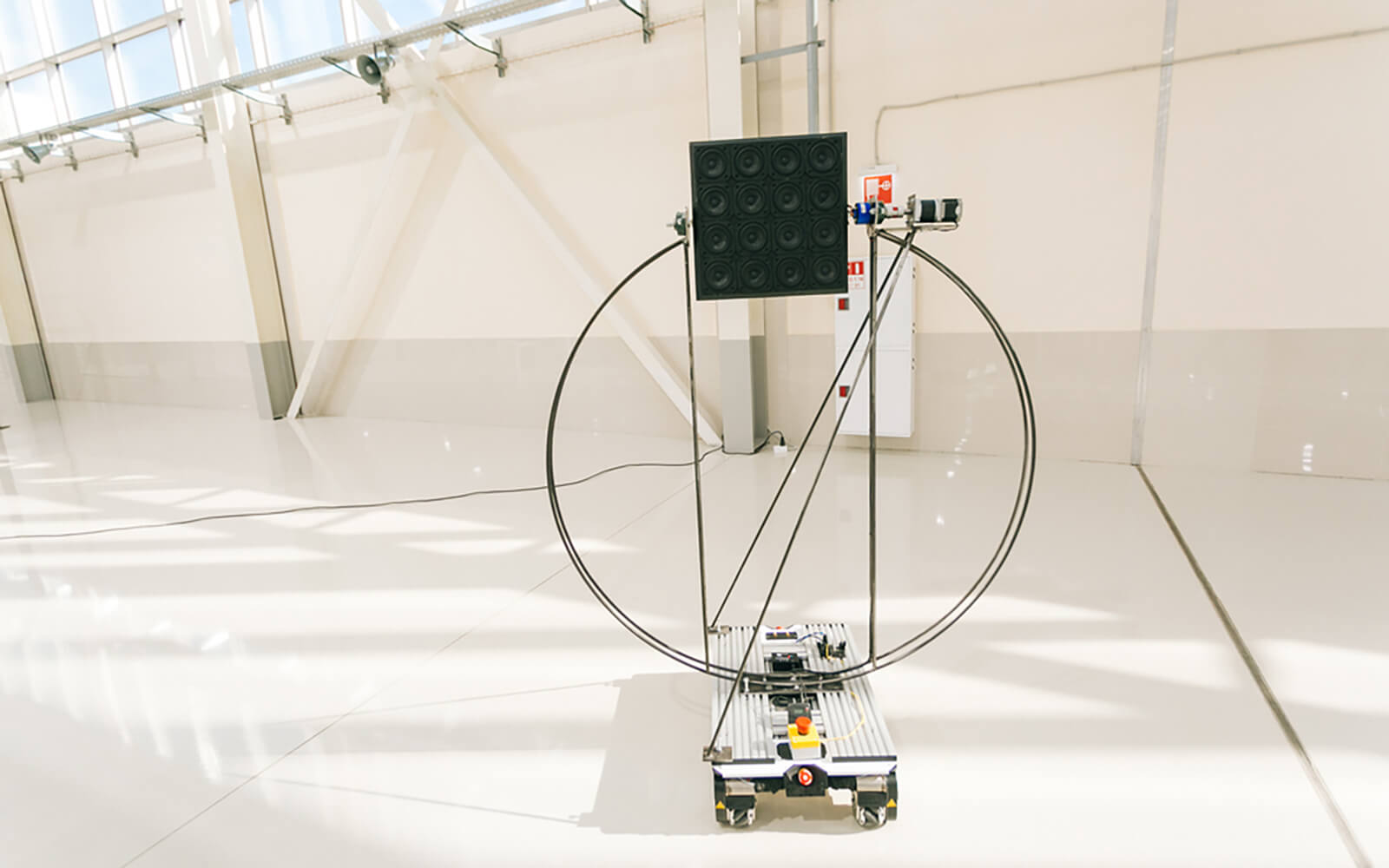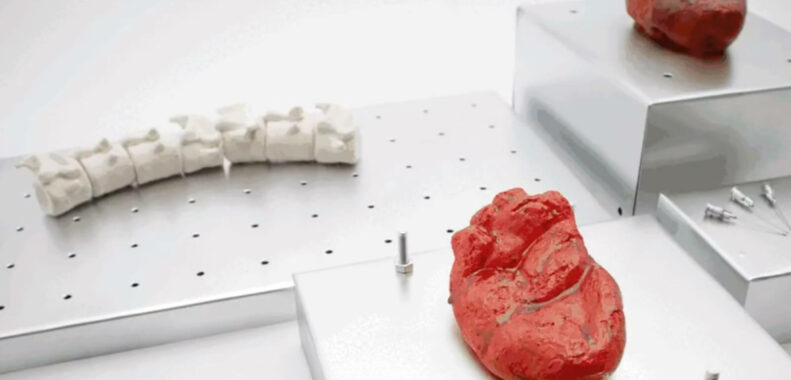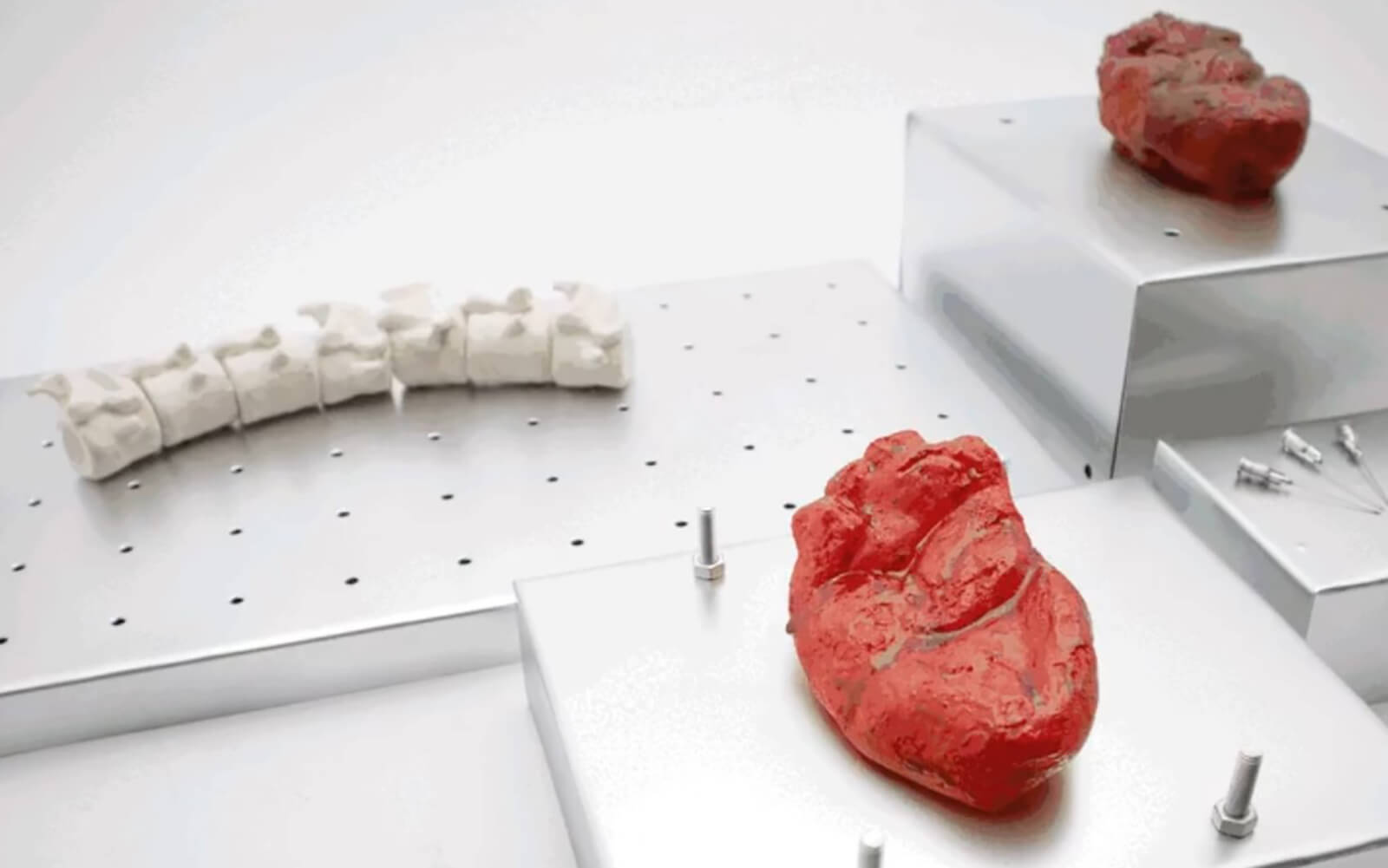Q: I am curious about how you think early generative art, and Molnar’s work specifically, has influenced your own artistic practice and the contemporary generative art space more broadly. Do you remember where or how you first encountered her work?
A: I think I don’t have a rational or bounded idea of how we are influenced by the pioneers. I feel they’ve somehow impregnated our eyes. It’s hard to imagine generative art (and not just generative art) without thinking of geometric shapes, lines, and abstractions. It’s very hard as well, even if you are not into art, to think about aesthetics without primary colours, minimal shapes, and the legacy that Bauhaus left us. Not to mention, great names from movements totally unrelated to using machines such as Kandinsky, Delaunay, Rothko, Malevich, or Popova. With generative art, we are far from seeing something completely new, because this legacy feels, at least to me, to be deeply rooted in history.
Molnar’s work, in particular, has a very special effect on me. Her works speak for themselves as those silent people who are listened to in the crowd. They are subtle, elegant, minimal and complex at the same time. I don’t know when I first found out about her, but what is exciting and beautiful to see is that recently—thanks to the
Spalter Collection or the voice of
Jason Bailey, among others—she has been broadly recognized as one of the key figures of the history of computational art.
